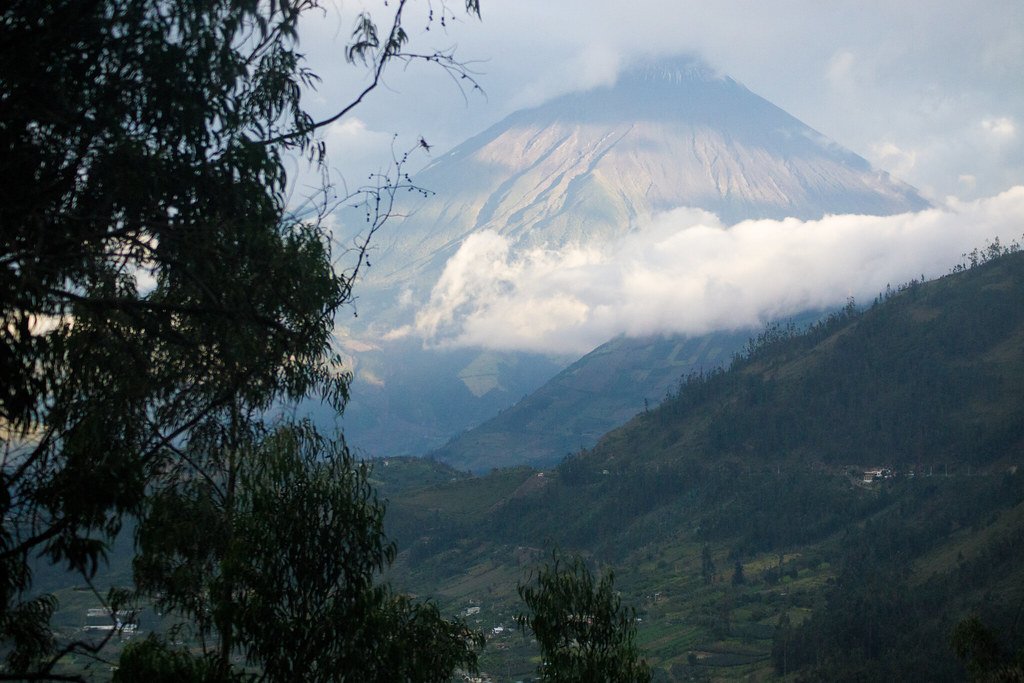High in the rugged cliffs of Afghanistan’s Bamiyan Valley, two colossal statues once gazed out over a land crisscrossed by ancient trade routes. These Buddhas, carved in the 6th century, were more than stone giants; they were silent witnesses to centuries of human creativity, faith, and turmoil. Their sudden destruction in 2001 sent shockwaves around the globe, leaving not only an empty void in the cliffs, but a wound in the collective memory of humanity. What drove people to obliterate such wonders? Why do we still grieve their loss? The story of the Bamiyan Buddhas is a powerful reminder of the fragile threads that bind our past, our cultures, and our sense of identity.
A Glimpse into the Bamiyan Valley
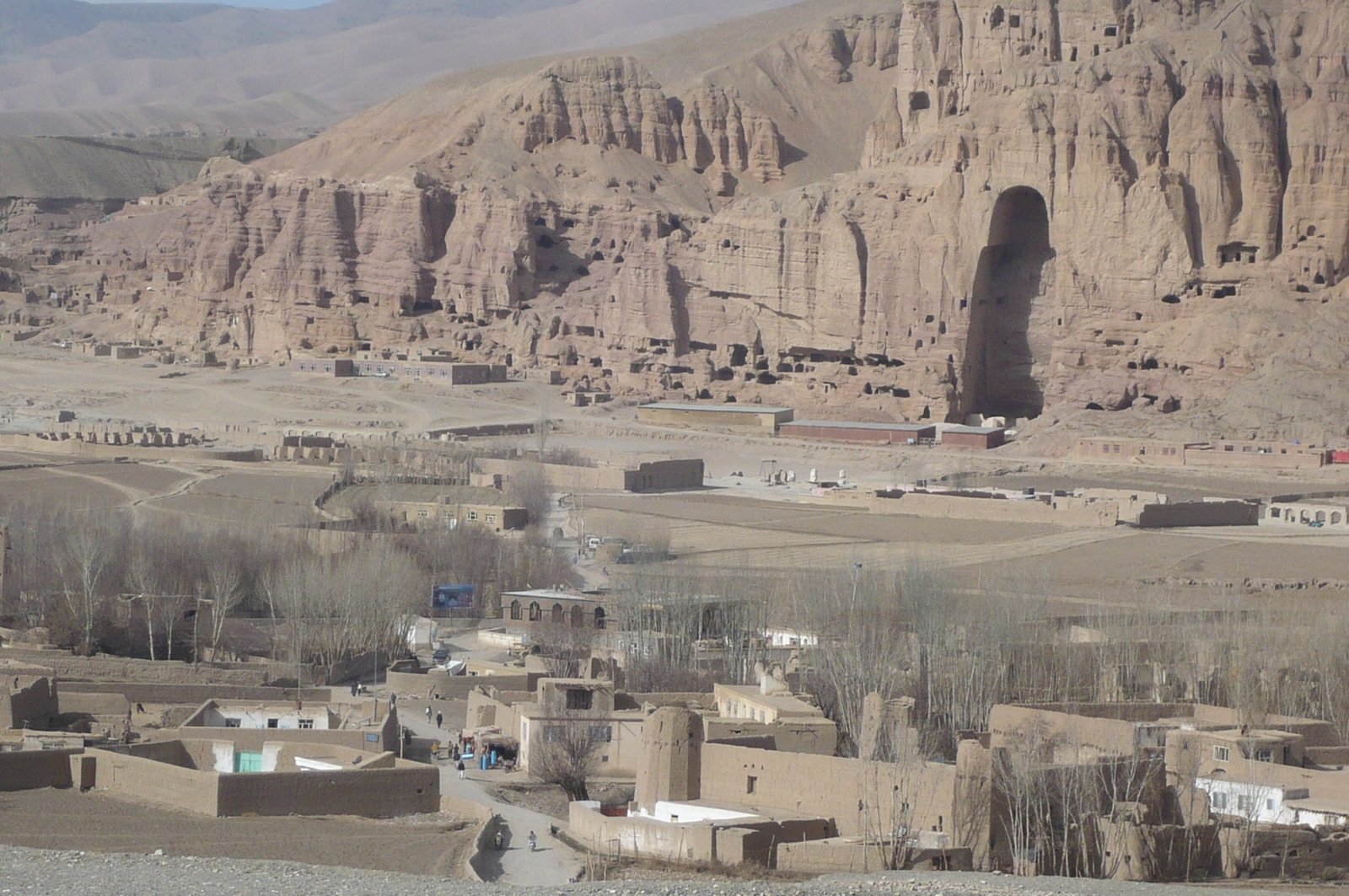
Nestled between the Hindu Kush mountains, the Bamiyan Valley is a breathtaking canvas of ochre cliffs and fertile fields. For centuries, this valley thrived as a crossroads of cultures, where East met West along the fabled Silk Road. Traders, pilgrims, and adventurers traveled these routes, bringing with them not just goods, but ideas and artistry. The unique geography shaped both the lifestyle and the beliefs of its people, creating a vibrant society that welcomed diverse influences. The valley’s natural beauty is matched only by its historical significance, making it a living testament to the resilience of culture through time.
The Creation of the Buddhas: Art Meets Faith
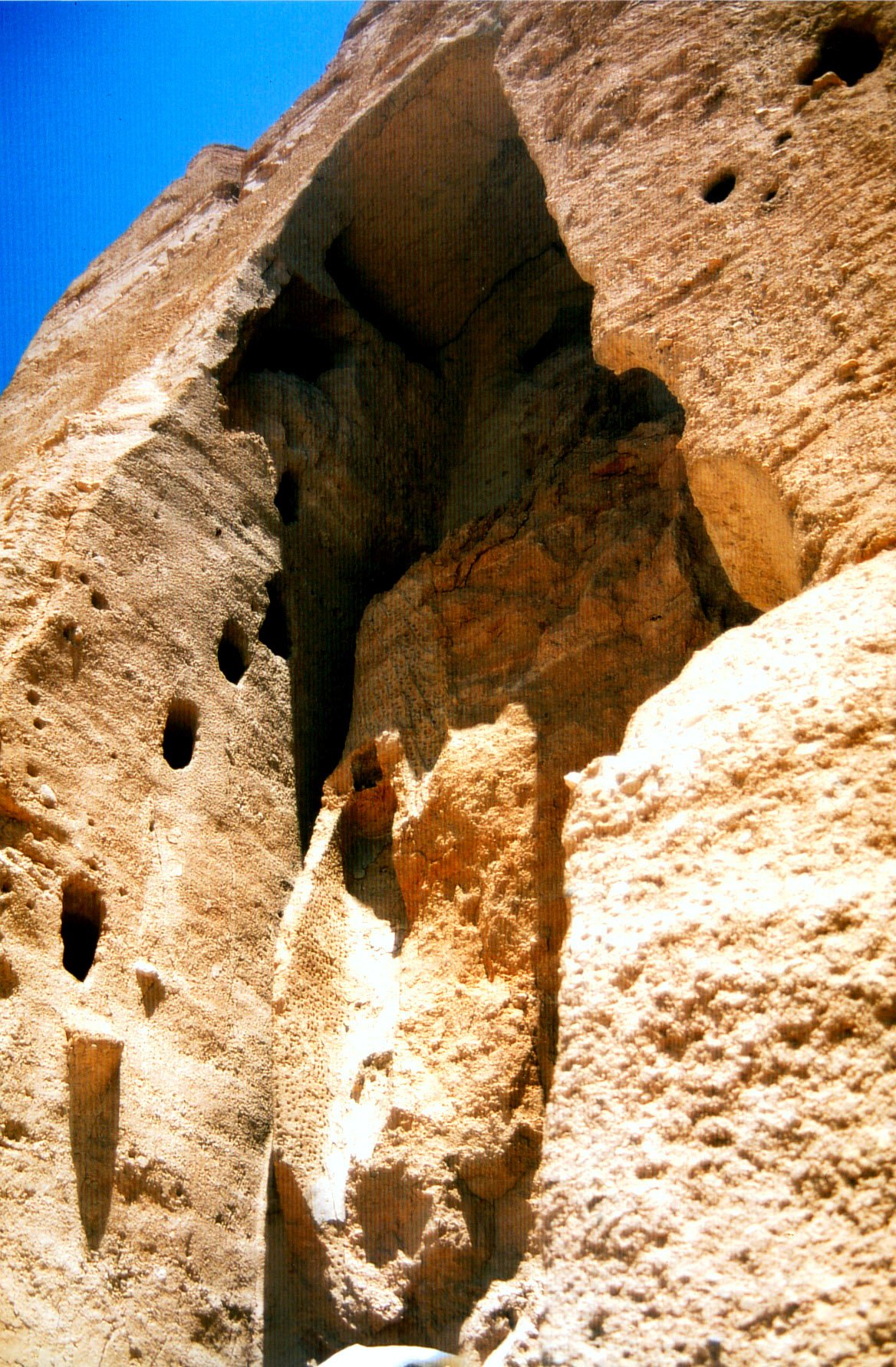
The construction of the Bamiyan Buddhas was a feat of both engineering and devotion, blending artistic mastery with deep spiritual meaning. Standing at 55 and 38 meters tall, these statues were carved directly into the sandstone cliffs, their serene faces reflecting the ideals of Buddhist compassion and wisdom. Artisans from across Central Asia contributed their skills, using techniques that echoed influences from Greek, Persian, and Indian art. The Buddhas were once painted in vivid colors and adorned with gold, testifying to the valley’s rich artistic heritage. Their creation was not just an act of worship, but a bold statement of the community’s connection to a broader, interconnected world.
Bamiyan as a Cultural Crossroads
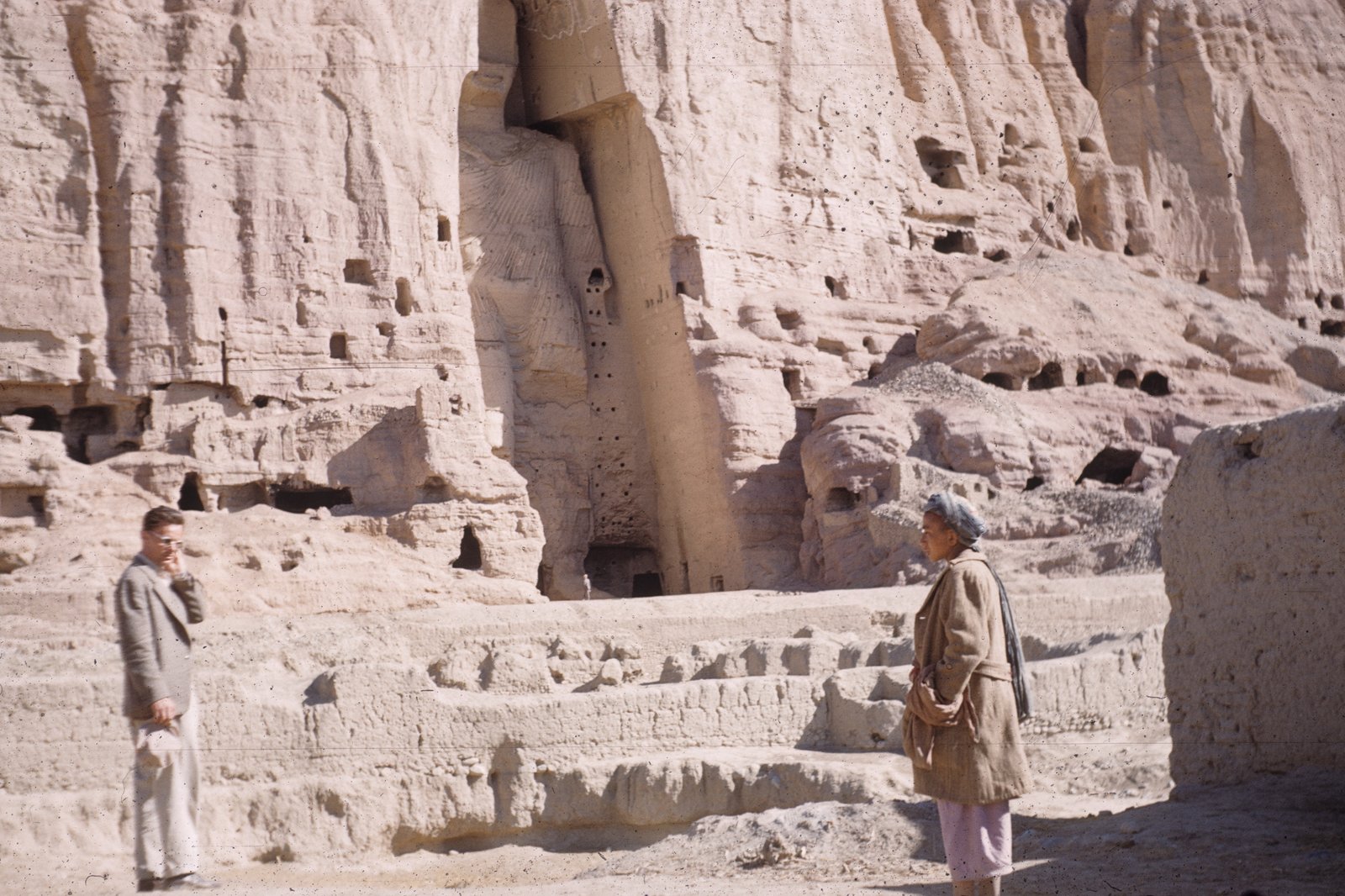
Bamiyan was never just a remote outpost; it was a buzzing hub where cultures converged. Buddhist monks, Persian poets, Greek merchants, and Indian travelers all left fingerprints on the valley’s history. The region became famous for its monasteries, libraries, and schools, fostering an atmosphere of intellectual curiosity and openness. This blending of traditions helped the Buddhas gain symbolic power far beyond their physical size—they became icons of cultural fusion and tolerance. The valley’s layers of graffiti, inscriptions, and art remain as echoes of this vibrant exchange, offering glimpses into a society that thrived on diversity.
The Buddhas in the Eyes of the World

For centuries, the Buddhas of Bamiyan captured the imagination of explorers, historians, and travelers. Early Chinese pilgrims described them in awe, comparing their majesty to the wonders of the ancient world. In the modern era, photographs and tales of the statues drew visitors from around the globe, turning the valley into a site of pilgrimage not only for Buddhists, but for anyone who cherished the world’s shared heritage. The Buddhas became symbols of Afghanistan’s historical richness, challenging stereotypes and inviting a deeper appreciation for the region’s cultural complexity.
The Tragic Destruction: A Moment That Shook the World
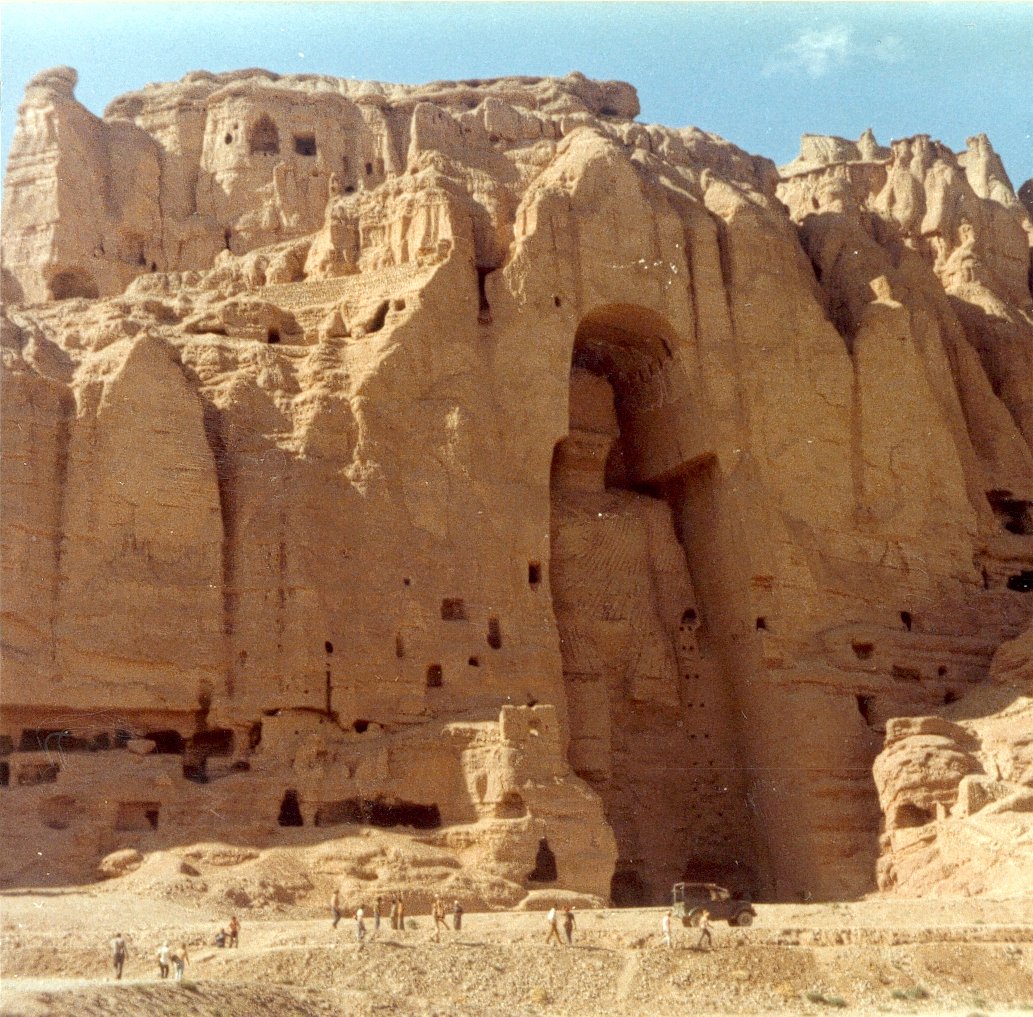
In March 2001, the world watched in disbelief as the Taliban regime carried out the systematic destruction of the Bamiyan Buddhas. Explosives and artillery reduced these ancient giants to rubble, erasing more than a thousand years of history in a matter of days. The motivation behind this act was not just religious extremism, but a calculated effort to assert power and erase cultural diversity. The blasts echoed far beyond Afghanistan, sparking outrage, grief, and an urgent conversation about the value of heritage. The haunting images of dust and emptiness became a symbol of the vulnerability of human achievements in the face of intolerance.
Scientific Insights: What Was Lost?
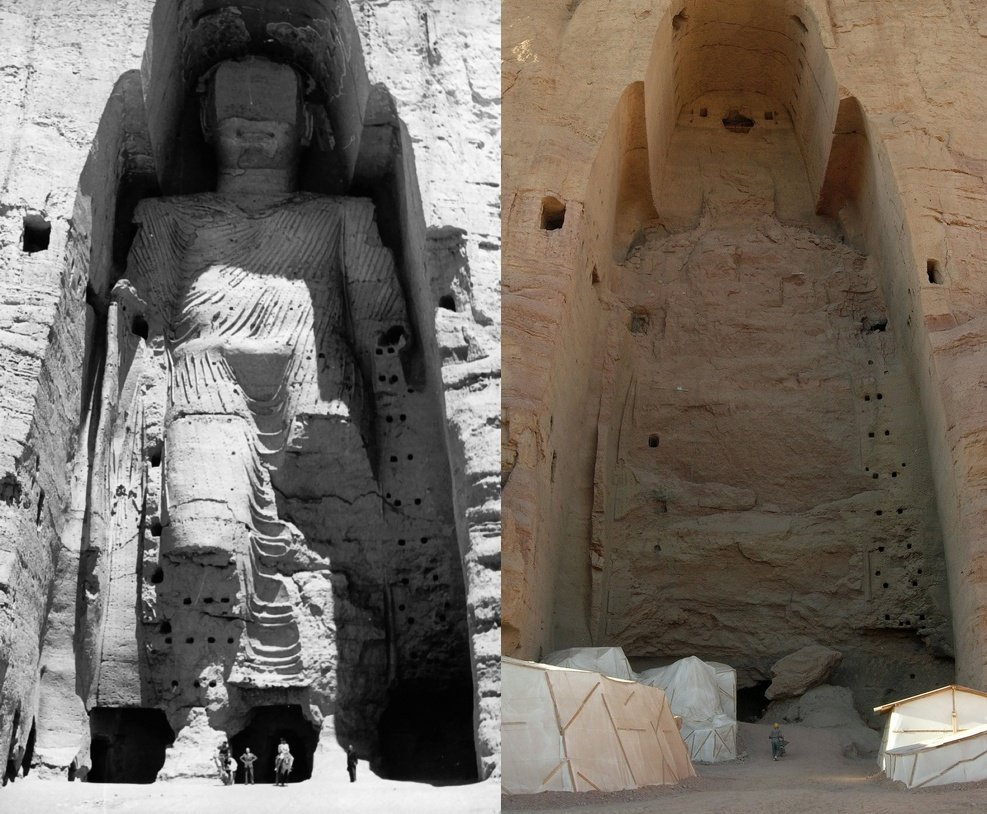
The destruction of the Buddhas was not just the loss of two statues—it meant the loss of invaluable scientific and historical data. Archaeologists and researchers had only begun to unlock the secrets hidden within the caves and paintings surrounding the statues. Scientific studies of pigments, techniques, and inscriptions provided clues about ancient trade, technology, and migration. The statues themselves were “books” in stone, preserving evidence of how ideas traveled and transformed across continents. Their loss created a gap in our understanding of human history, much like tearing out crucial chapters from a manuscript that can never be rewritten.
The Impact on Local Communities
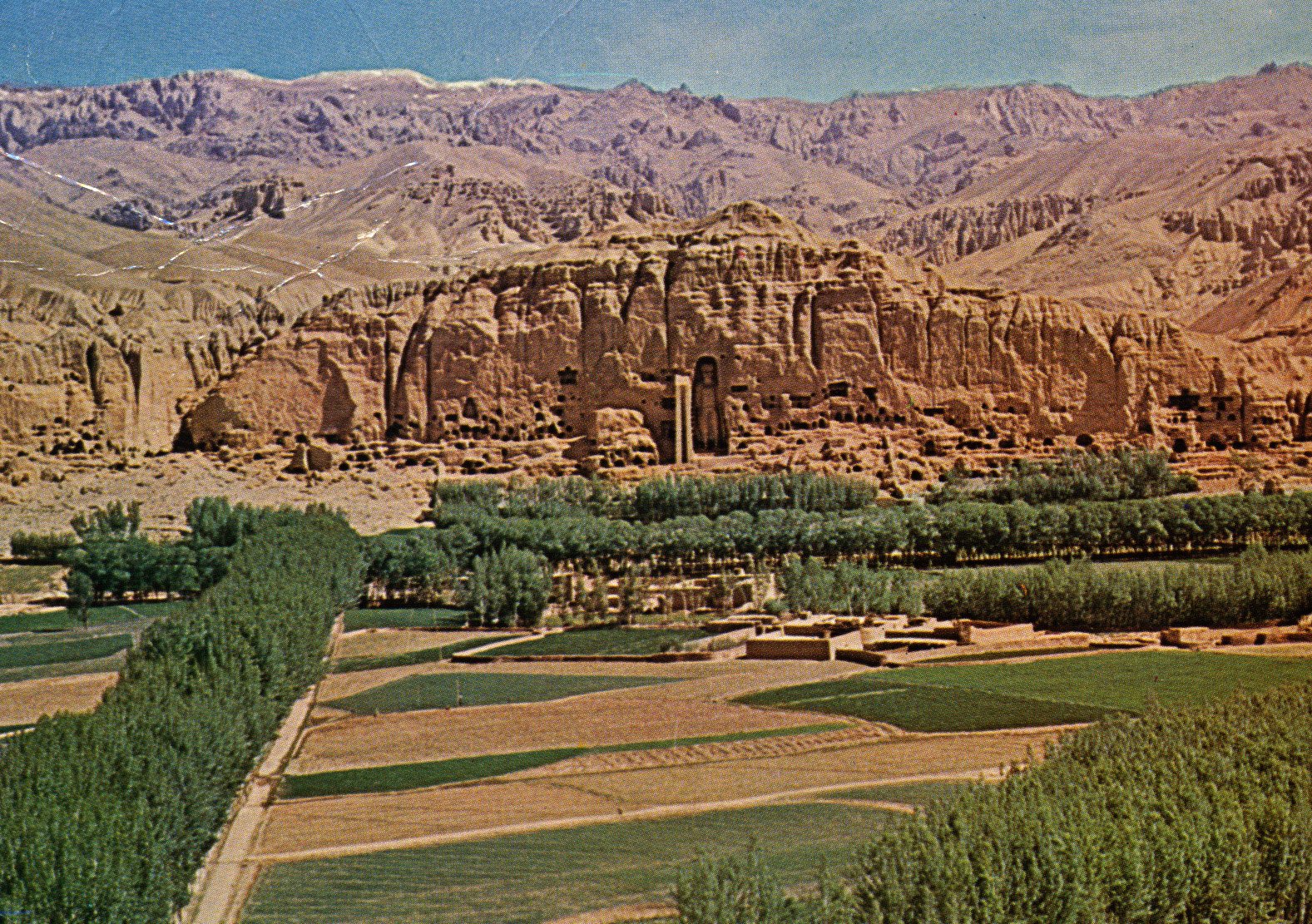
For the people of Bamiyan, the Buddhas were not just relics from the past—they were part of daily life and local identity. Families grew up in the shadows of these monuments, and the valley’s economy depended on the trickle of visitors and scholars they attracted. The destruction brought a wave of sorrow, disbelief, and even anger among locals, who saw the act as an assault on their heritage and dignity. In the aftermath, many residents became determined to preserve what remained, finding new ways to honor their history through storytelling, art, and education.
Memory and the Power of Remembrance
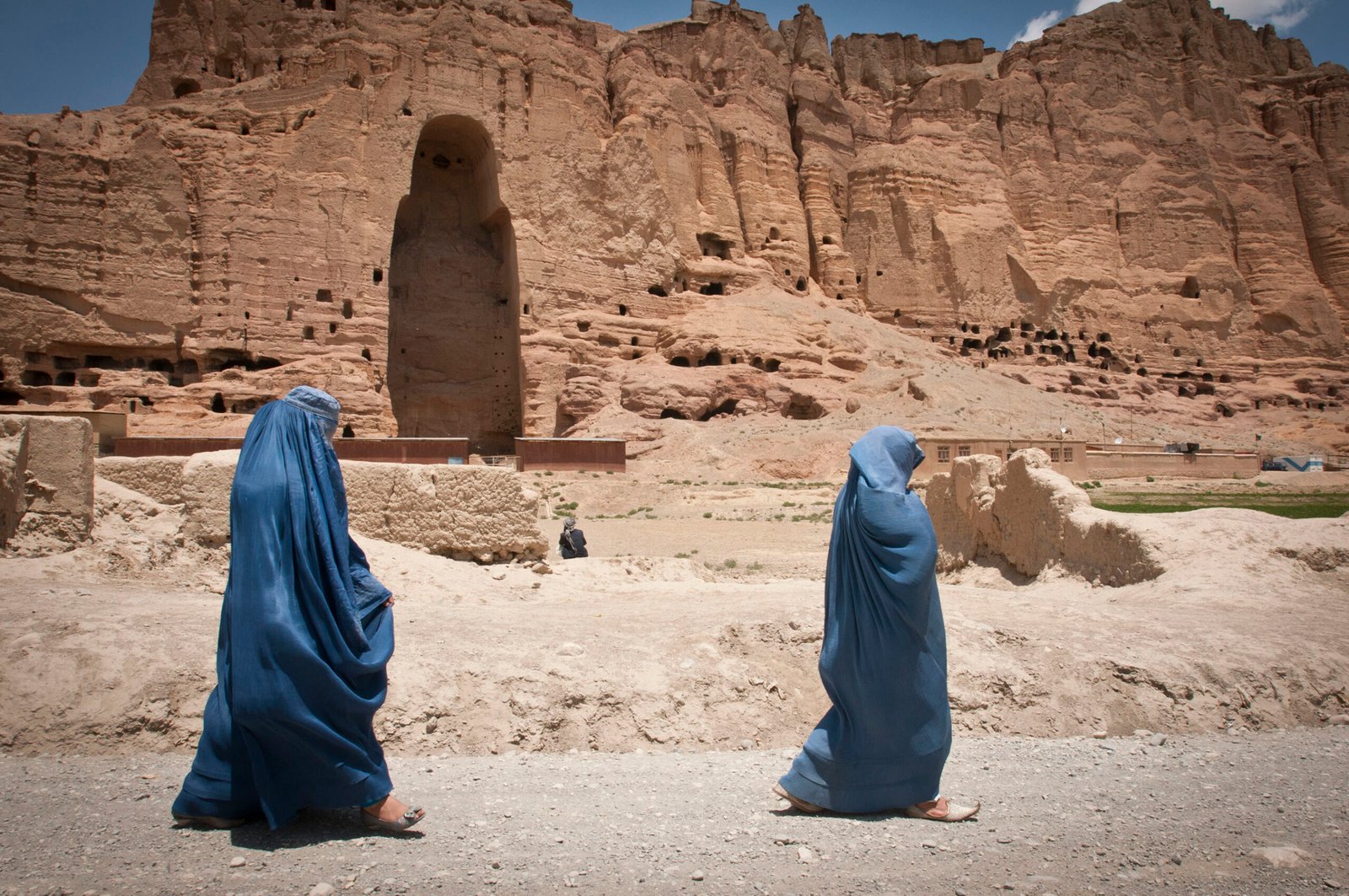
Even though the Buddhas are physically gone, their memory lives on in countless ways. Artists and activists around the world have immortalized them in paintings, sculptures, and digital recreations. The empty niches in the cliffs have become sites of pilgrimage and reflection, symbolizing both loss and resilience. This act of remembrance is not passive—it is a powerful assertion that culture cannot be completely erased by violence. The story of the Buddhas now inspires global efforts to protect other endangered sites, sparking conversations about the importance of safeguarding memory itself.
Efforts to Reconstruct and Preserve
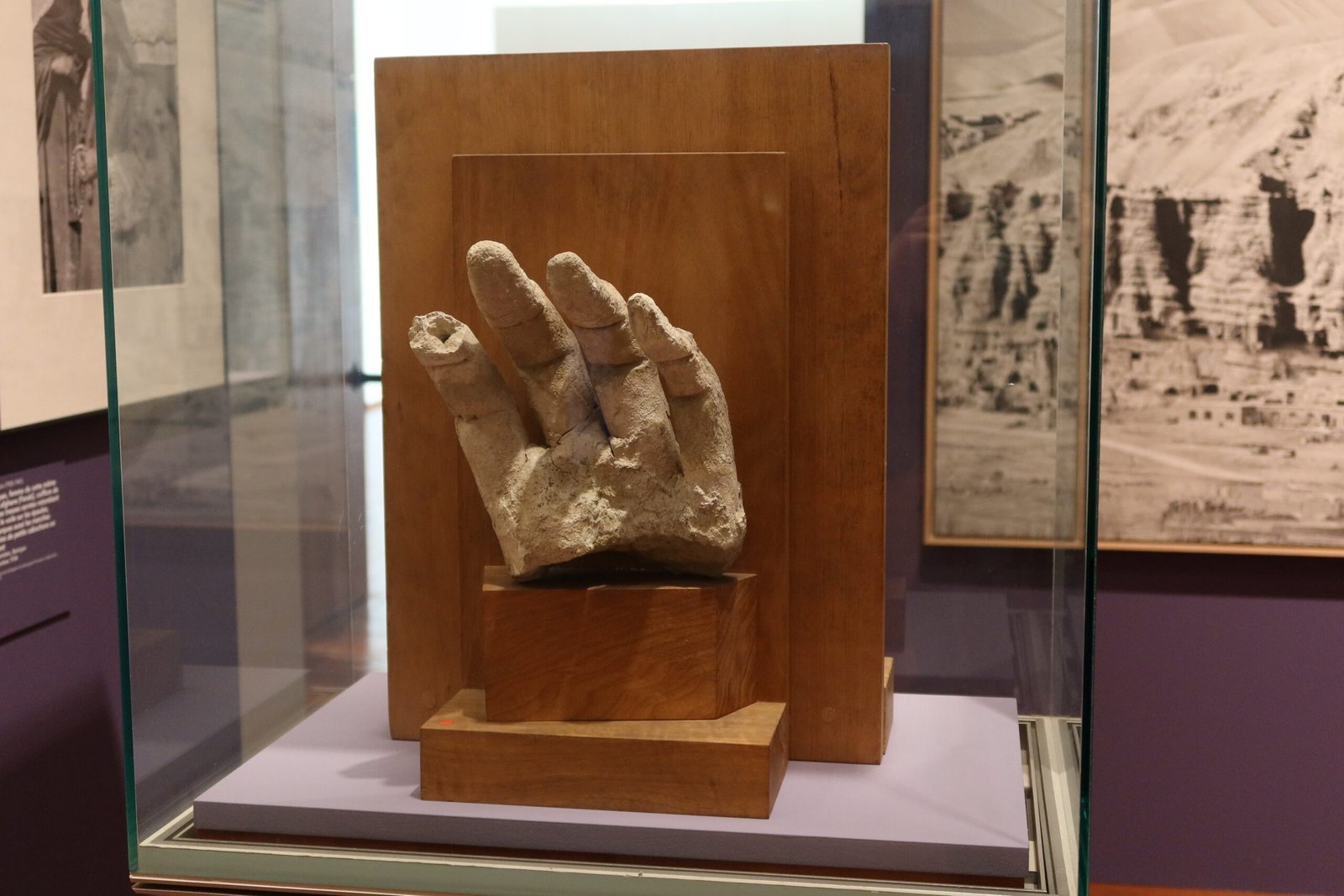
After the destruction, international organizations and local authorities began exploring ways to document, preserve, and even partially reconstruct the Buddhas. Advanced technologies like 3D scanning, drones, and virtual reality models have been used to capture what remains and imagine what once stood. Debates continue about whether to rebuild the statues or leave the niches empty as a memorial. These discussions highlight the complex balance between honoring the past and respecting the scars left by loss. Regardless of the approach, the commitment to preservation reflects a deep belief in the power of heritage to heal and unite.
The Broader Lesson: Why Cultural Heritage Matters
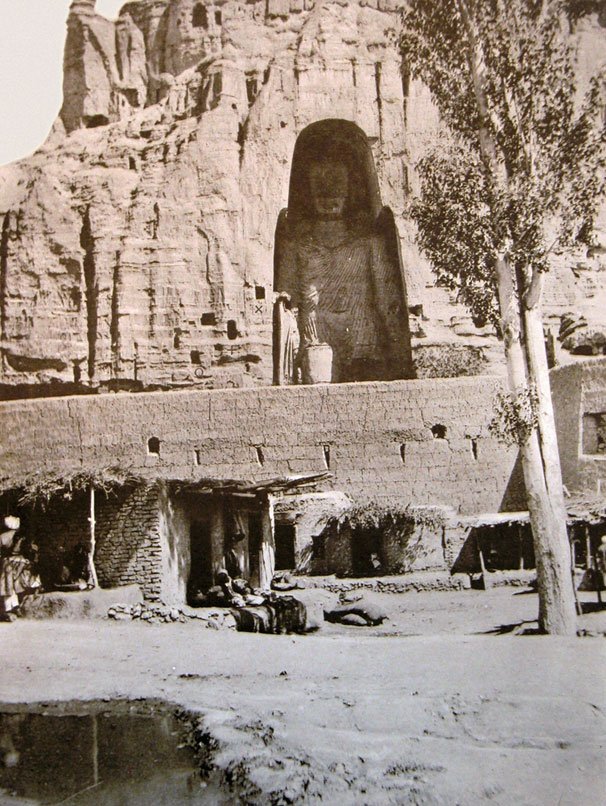
The fate of the Bamiyan Buddhas is a stark reminder that cultural treasures are both precious and precarious. Their destruction forced the world to confront uncomfortable questions: What do we lose when we destroy the symbols of our shared history? How can we protect sites that belong to all of humanity? The Buddhas teach us that heritage is not just about old stones and statues—it is about the stories, values, and connections that define who we are. Their absence is felt not just in Afghanistan, but everywhere people care about memory, identity, and the fragile beauty of our collective past.


